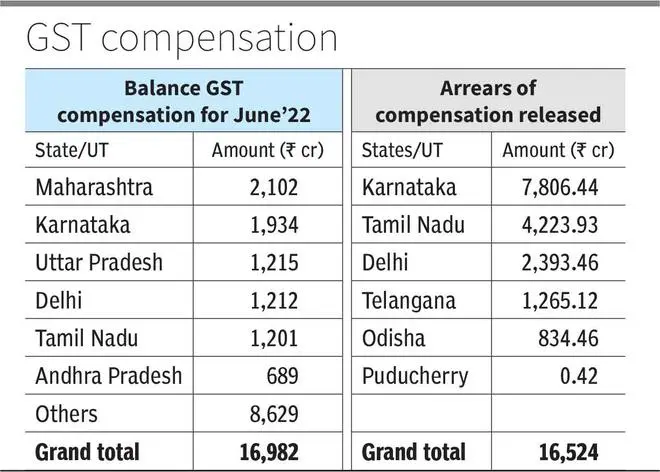

For much of 2022 and this year, large-cap stocks have been outperformers compared to mid- or small-caps. But large-cap mutual funds continue to struggle with the task of beating the Nifty 50 TRI or other benchmark indices. As a result, the interest around passive funds continues to increase exponentially. And investors have been pouring money into index funds across market caps, resulting in a rapid expansion in the assets under management (AUM).

What’s more, both retail and high net-worth investors (HNIs) are now going after passive funds. ETFs (exchange traded funds) are also turning out to be favourites of these investors.
Even on the debt side, the launch of Bharat Bond ETFs and, later on, target maturity funds, have resulted in passive debt fund AUM rising sharply. Here we examine the underperformance of large-cap funds, the rise of index schemes and how active large-cap funds mostly hug the Nifty 50, leading to their underperformance.

Data from mutual fund body AMFI shows that the AUM of index funds has grown at a staggering 153 per cent compounded annually over Dec 2019-Dec 2022 to ₹1.29-lakh crore — a 16-fold rise in just three years. Within this overall pie, the index fund AUMs of HNIs (also at 153 per cent annually) and retail investors (99.2 per cent annually) have also grown at scorching rates. ETFs are also increasingly preferred by HNIs, as seen from the table. No wonder then that the proportion of passive AUM in the overall share has also more than doubled in the last five years.
Data from DSP MF shows that from 9.7 per cent of overall equity AUM in December 2017, passive funds accounted for 21.8 per cent of the pie as of December 2022. The trend may be rubbing off from large-cap index funds to mid- and small-caps as well. Factor-based index funds, too, are becoming popular. For perspective, in the US, around 47 per cent of all mutual fund and ETF AUM was passive as of December 2022 (as per Bloomberg). Passive fund AUM as a proportion of overall equity AUM was higher at over 52 per cent.
On the debt side, Bharat Bond ETFs have crossed ₹50,000 crore in assets. The overall target maturity funds category has more than ₹1.2-lakh crore in AUM as investors avoid interest rate and duration risks by just locking into yields of these funds and staying put till maturity.
That active large-cap funds have lagged indices such as Nifty 50 TRI on a point-to-point returns basis for many years now is well known. But even when three- and five-year rolling returns are considered over 2010-22, active large-cap funds on an average have trailed the Nifty 50 TRI.
Apart from the usual reasons stating benchmarking versus the total return index and SEBI’s rigid categorisation norms restricting flexibility, another key reason that is less discussed is the index-hugging strategy of fund managers, especially with active large-cap funds.
Data from Morningstar on the top 10 large-cap funds by AUM indicate that these schemes replicate the Nifty 50 to the extent of 69 per cent of the index based on sector weightages. Around 5 per cent is held in cash. Only 26 per cent is actively managed, thus leading to considerable underperformance.
The active versus passive battle is constantly on. But going by how assets of index funds are growing, they are finding increasing preference among retail and HNI investors.
Published on February 18, 2023

Comments
Comments have to be in English, and in full sentences. They cannot be abusive or personal. Please abide by our community guidelines for posting your comments.
We have migrated to a new commenting platform. If you are already a registered user of TheHindu Businessline and logged in, you may continue to engage with our articles. If you do not have an account please register and login to post comments. Users can access their older comments by logging into their accounts on Vuukle.